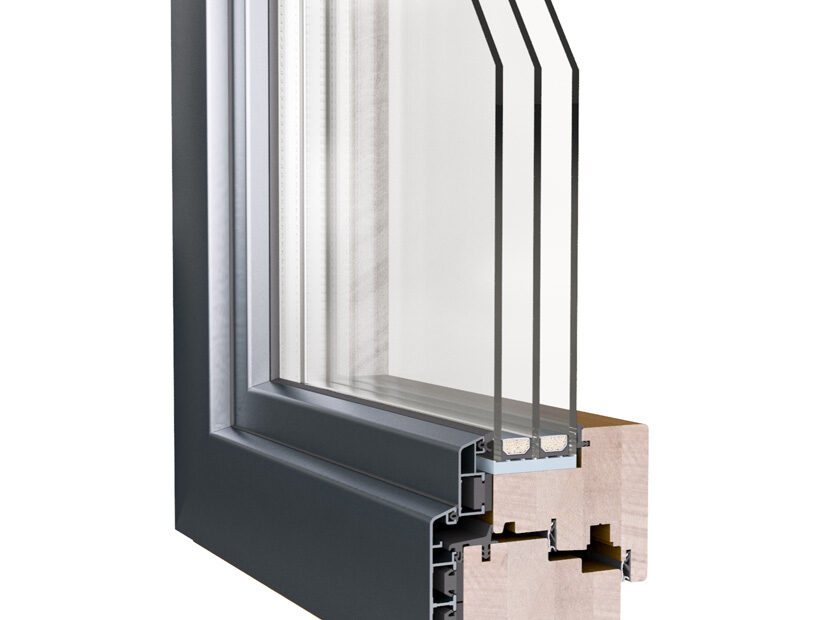Passive House is a voluntary standard for energy efficiency in a building, reducing its ecological footprint. The approach focuses on creating buildings that require very low energy for heating or cooling, thus promoting sustainability. Windows, particularly those designed in Europe, can play a significant role in achieving Passive House standards for a few reasons:
1. Tilt-and-Turn Functionality: European windows typically feature a tilt-and-turn design. They can be opened in two ways: by tilting inwards from the top for secure ventilation or by swinging inwards from the side for maximum ventilation and ease of cleaning. This functionality allows better control of interior ventilation and temperature regulation.
2. High-Quality Sealing: European windows often feature high-quality seals and gaskets. This helps reduce unwanted drafts and heat loss, which is vital in Passive House design where the goal is to minimize energy loss.
3. Multi-point Locking: European windows often have multi-point locking systems, increasing the window’s airtightness when closed. This further enhances thermal performance and insulation, which are key factors in Passive House design.
4. Energy Efficiency: European windows often come with double or triple glazing and sometimes include features like low-emissivity coatings and argon or krypton gas fillings. These features provide excellent thermal insulation and solar heat gain control, contributing to the overall energy efficiency of the building.
5. Frame Materials: Frames are typically constructed with UPVC, wood, or aluminum with a thermal break. These materials, coupled with high-quality construction, can provide excellent insulation.
When implementing Passive House design, high-performance windows such as those often found in Europe are a critical consideration. Their unique features and high levels of insulation and airtightness significantly contribute to maintaining a stable and comfortable interior climate with minimal energy use.
